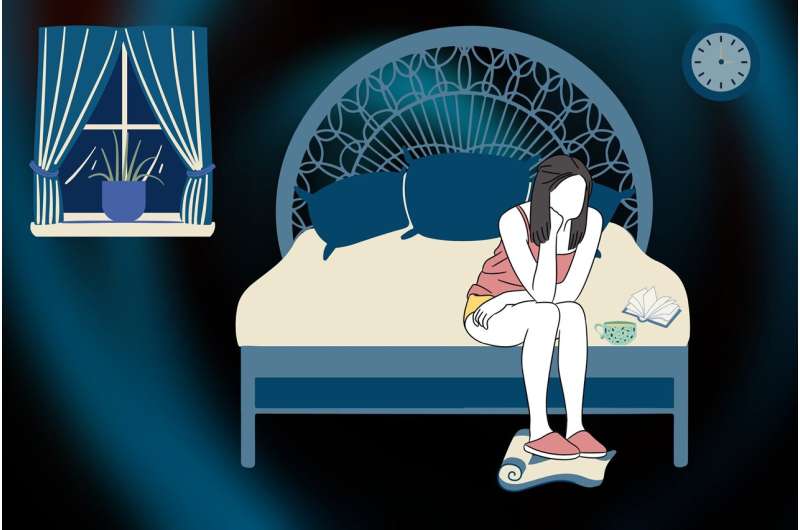Decline in Cannabis Use Disorder Treatment Rates Over 16 Years Despite Ongoing Need

A new study reveals a 32% decline in treatment rates for cannabis use disorder over 16 years, despite ongoing high prevalence. Key barriers include stigma, cost, and lack of awareness, emphasizing the need for targeted outreach and systemic support.
Recent research highlights a concerning downward trend in the treatment of cannabis use disorder (CUD) in the United States over a span of 16 years. Despite increasing prevalence, with over 16 million Americans meeting diagnostic criteria, treatment rates have fallen significantly, from 19% in 2003 to just 13% in 2019. This persistent gap indicates that many individuals who could benefit from help are not accessing necessary services.
A comprehensive study conducted by Florida Atlantic University and colleagues analyzed data from the National Survey on Drug Use and Health across three time points: 2003, 2011, and 2019. The research examined various factors influencing treatment access, including gender, race, ethnicity, age, education, insurance status, and geographic location.
Findings reveal that most individuals with CUD did not receive treatment at any of the surveyed times. When exploring reasons behind this, barriers such as lack of awareness about where to seek treatment, unpreparedness to stop using cannabis, high costs, stigma, and concerns about job security were frequently cited. Over time, these barriers intensified, with a growing percentage of individuals fearing negative employment impacts and not knowing where to turn for help.
The study also identified key predictors of treatment utilization. Past engagement with mental health services and being under community supervision, such as probation or parole, substantially increased the likelihood of receiving care. Notably, racial disparities that existed in 2003, particularly for Hispanic populations, diminished over time, hinting at improved access. Additionally, a prior arrest became a significant indicator for treatment entry in recent years.
Most treatment was delivered in outpatient settings, with self-help groups also playing a role. However, concerns like stigma and cost, alongside the perception of not being ready to quit, persisted as major obstacles. These issues intensified in recent years, with more individuals expressing apprehensions about employment and unfamiliarity with treatment options.
Experts emphasize the urgent need for targeted outreach, education, and systemic support to bridge the treatment gap. Addressing practical challenges such as affordability and accessibility, alongside perceptual barriers, is vital to ensuring individuals with CUD receive the help they need.
This evolving understanding of barriers and predictors aims to inform policies and programs designed to expand care and improve outcomes for those affected by cannabis use disorder.
Source: https://medicalxpress.com/news/2025-06-cannabis-disorder-treatment-decline-years.html
Stay Updated with Mia's Feed
Get the latest health & wellness insights delivered straight to your inbox.
Related Articles
Significant Increase in Self-Esteem One Year After Weight-Loss Surgery, Study Shows
A new study reveals that self-esteem more than doubles within one year after weight-loss surgery, highlighting the profound psychological benefits of bariatric procedures.
'Lifesaving' Ketamine Offers New Hope for PTSD Sufferers
Recent research highlights ketamine's potential as a groundbreaking treatment for PTSD, significantly improving symptoms such as anxiety, sleep issues, and trauma triggers, with promising results from real-world use under medical supervision.
Impact of Untreated Depression on Surgical Outcomes in Cancer Patients
Untreated depression can worsen surgical recovery and increase healthcare costs in cancer patients. New research emphasizes the importance of mental health treatment before surgery for better outcomes.
Understanding 'Cognitive Shuffling': A Science-Backed Technique for Better Sleep
Discover how cognitive shuffling—a technique involving unrelated words and images—may help improve sleep by distracting your mind and mimicking natural sleep transition patterns, supported by scientific research.



